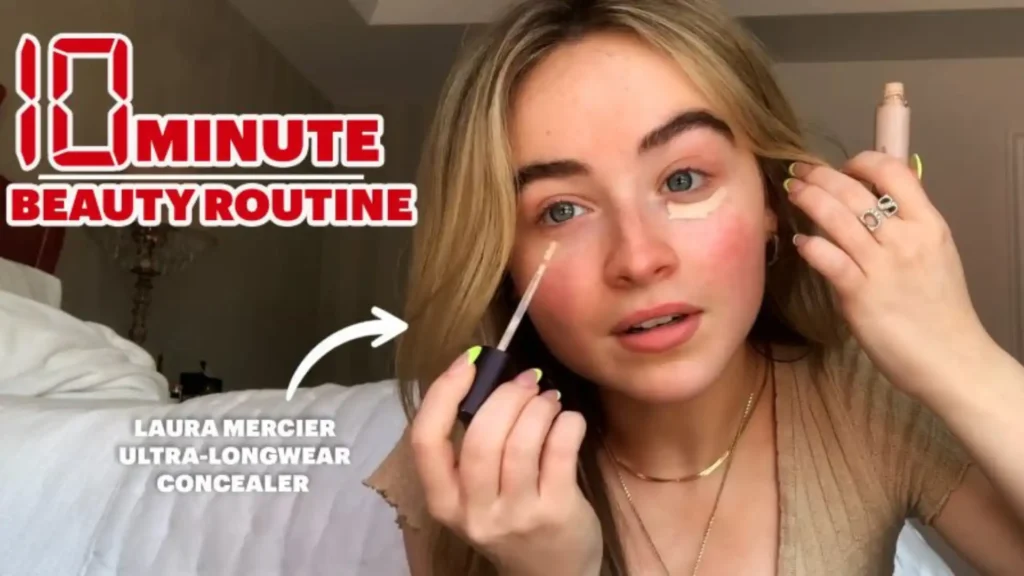Not a fan of removing body hair? We completely understand. Waxing can be quite painful, and if it leaves you with unsightly bumps, it might be time to explore more effective and gentler hair removal options. Shaving 101
First off, it’s important to emphasize that shaving is a personal decision; you shouldn’t feel pressured to do it. Body hair is a natural part of who you are, and there’s no need for embarrassment. Whether you’re a seasoned shaver or just beginning, let’s delve into the advantages and disadvantages of shaving body hair while also debunking some common myths.
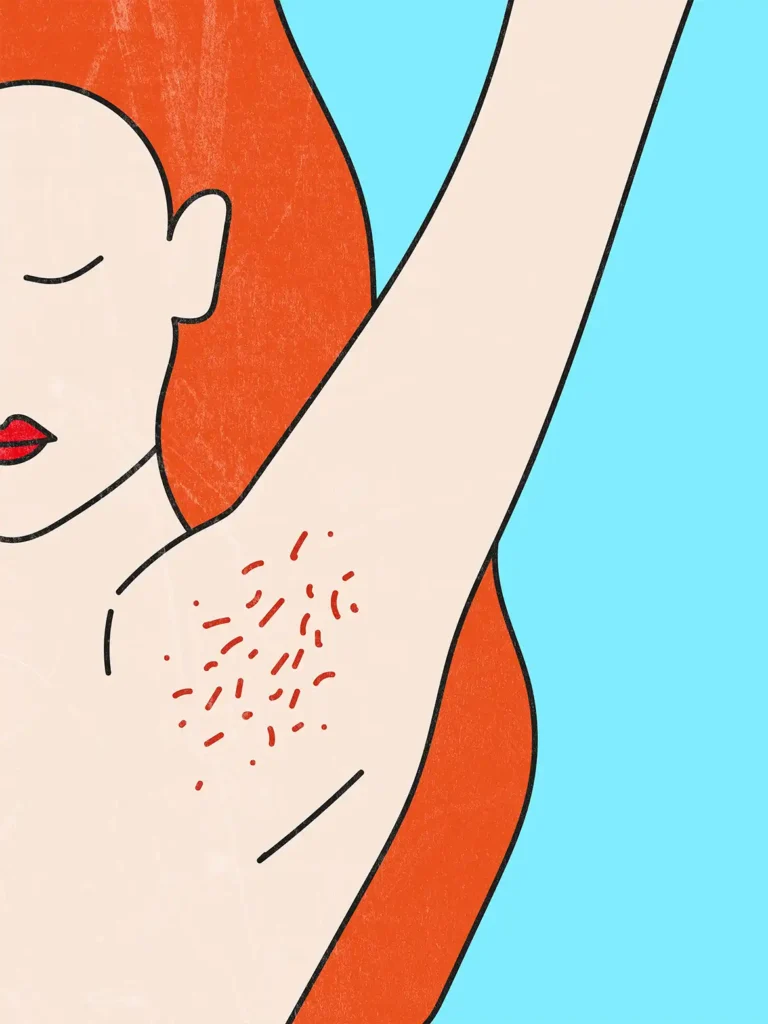
What is the right way to shave?
If you’re looking to remove unwanted body hair, follow this simple 3-step process for a smooth shaving experience.
Exfoliate, shave, and moisturize!
Start by using a quality body scrub to thoroughly exfoliate your skin. Next, apply shaving cream (or your body wash can work too) to the area you want to shave. Grab a fresh razor and shave in the direction of hair growth. For an even smoother finish, you can then shave against the hair growth. Rinse with cold water, and don’t forget to apply moisturizer afterward.
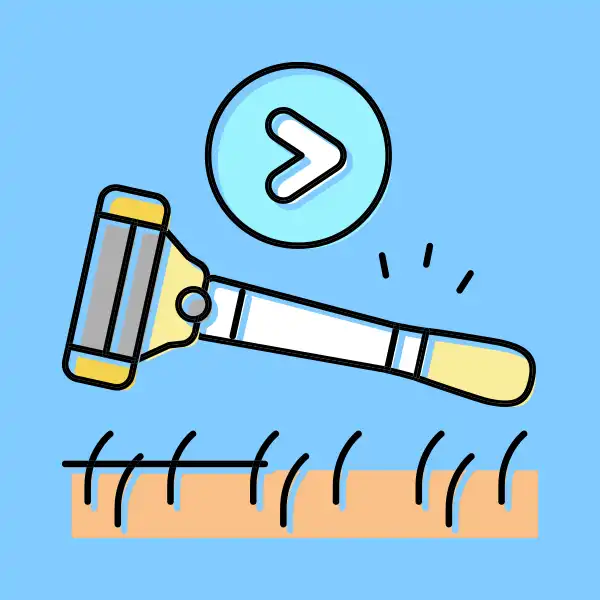
Keep in mind that exfoliation is crucial, as it helps eliminate ingrown hairs and provides a smooth surface for shaving.
How often should I shave?
Unlike waxing, which removes hair from the follicle and slows down regrowth, shaving only removes hair from the surface, leading to faster regrowth.
Depending on your personal preference, it’s generally safe to shave 1-2 times a week.
Will shaving make my hair grow back thicker?
Shaving does not affect the thickness or growth rate of your hair; this is determined by your hormones. Since shaving only cuts the hair at the surface, it does tend to grow back more quickly compared to waxing.
To clarify, shaving does not cause your hair to become thicker or darker.
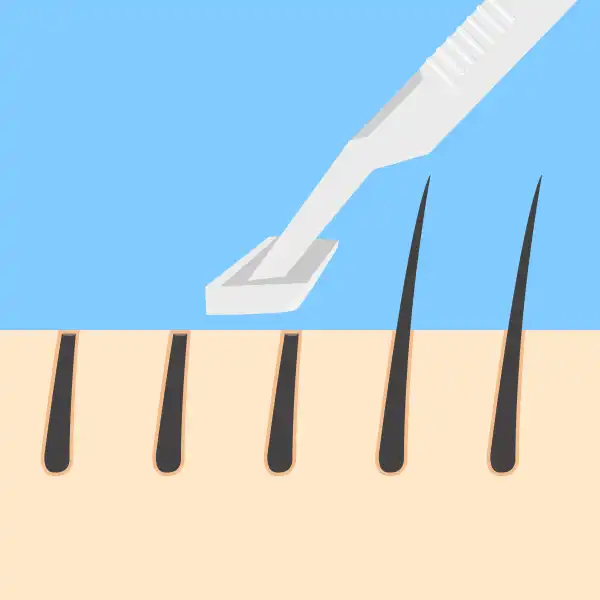
Which areas are safe to shave?
This largely depends on your comfort level. When shaving, it’s essential to be cautious of razor bumps and cuts, so always use a fresh blade. Whether you’re shaving your face, hands, legs, or sensitive areas, never shave on dry skin.
Is it necessary to use shaving cream?
Creating a smooth base before shaving is crucial to prevent bumps, ingrown hairs, and skin irritation afterward.
If you’re hesitant about purchasing shaving cream, you can substitute it with your body wash or aloe vera gel. However, it’s vital not to shave on dry skin.
How can I prevent after-shave bumps?
Keep your skin well-hydrated. After shaving, make sure to moisturize thoroughly. Using ice packs or aloe vera gel can also effectively soothe your skin and reduce inflammation in the affected areas. Shaving 101

How can I avoid ingrown hairs?
You can try some home remedies, such as mixing sugar with olive oil or honey and gently massaging it onto your skin. Sugar acts as a natural exfoliant, helping to moisturize and reduce bacteria on the skin. Rinse off with warm water, and you’ll be on your way to preventing ingrown hairs.
Baking soda is another effective exfoliant. Mix one tablespoon of baking soda with water, apply it to your skin using a cotton ball, and then rinse off with cold water.
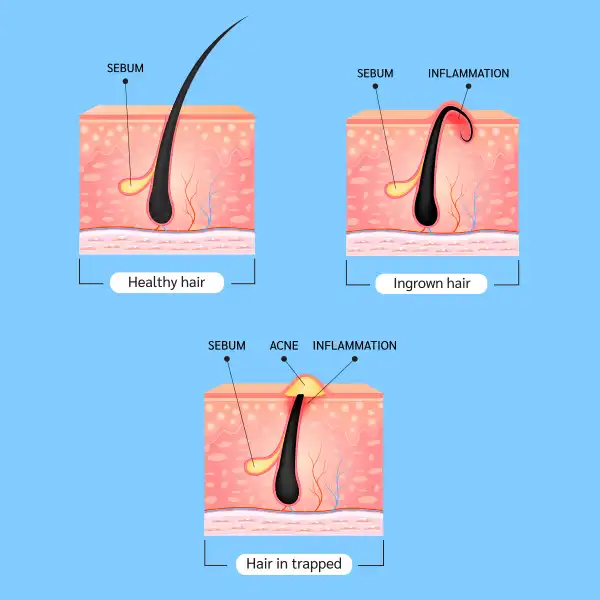
How can I prevent underarm darkening from shaving?
One common reason for darkened underarms is skin irritation. Be sure to follow the 3-step routine while shaving. Additionally, regularly moisturizing with aloe vera gel or a lightweight moisturizer can help prevent underarm darkening. Shaving 101
Discover more trends:
- weighted blanket Work? Uncover the Benefits for Anxiety and Better Sleep
- lesbian sex: How Do Lesbians Have Sex? 28 Essential Tips for Your First-Time Experience
- Mullein Tea: Benefits, Side Effects, and How to Brew This Traditional Herbal Tea
- Sex Addiction: Causes, Symptoms, and Treatment Options
- Watch Out For The Early Signs Of Rheumatoid Arthritis
- Follow us on Facebook
- Follow us on Pinterest




